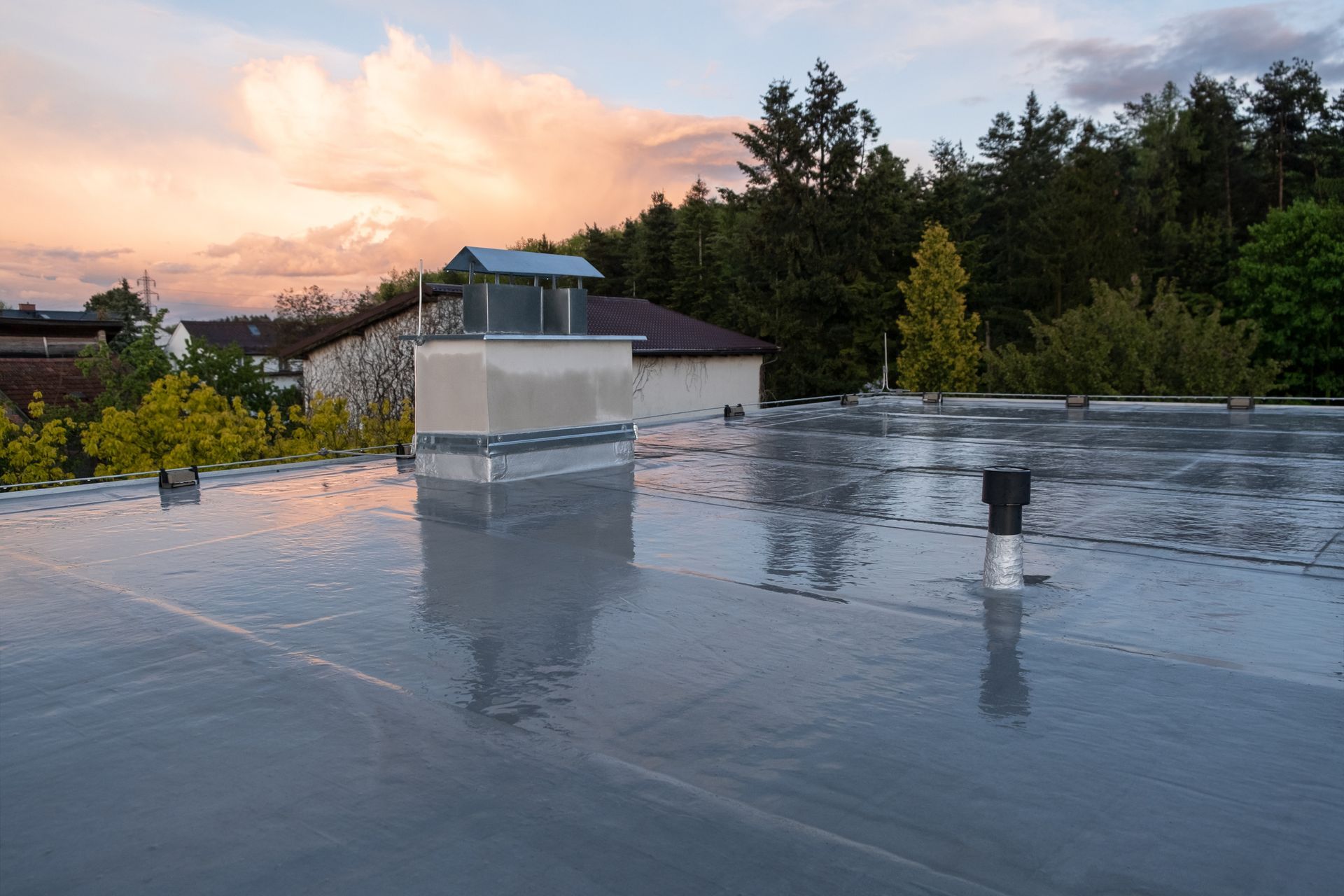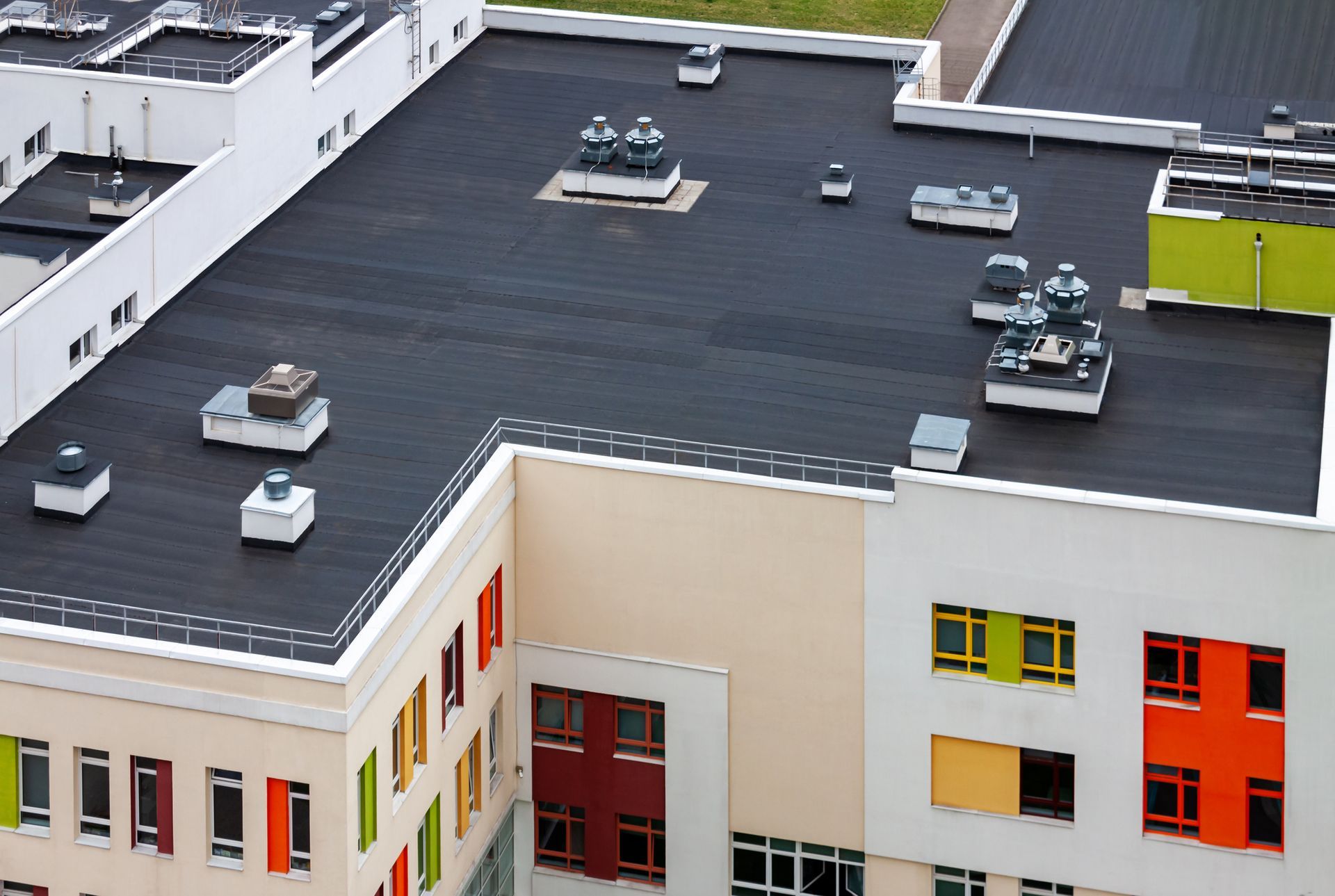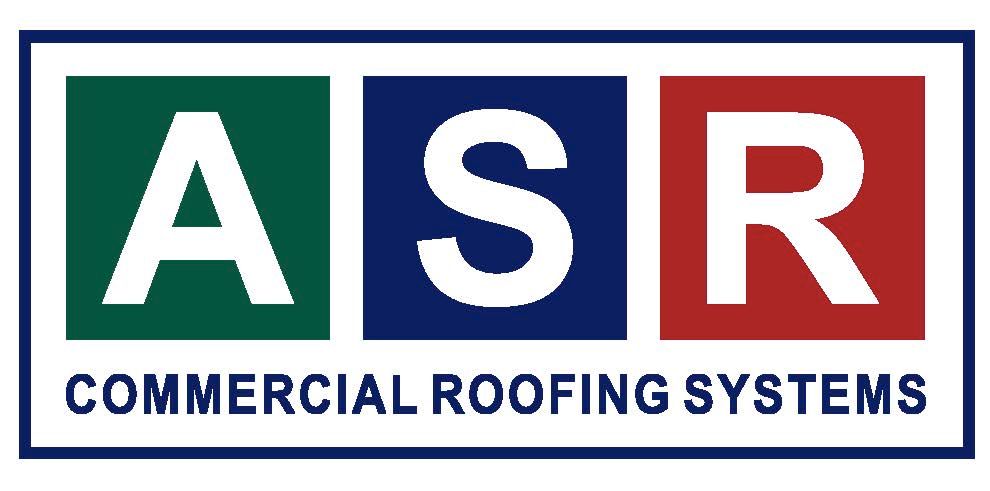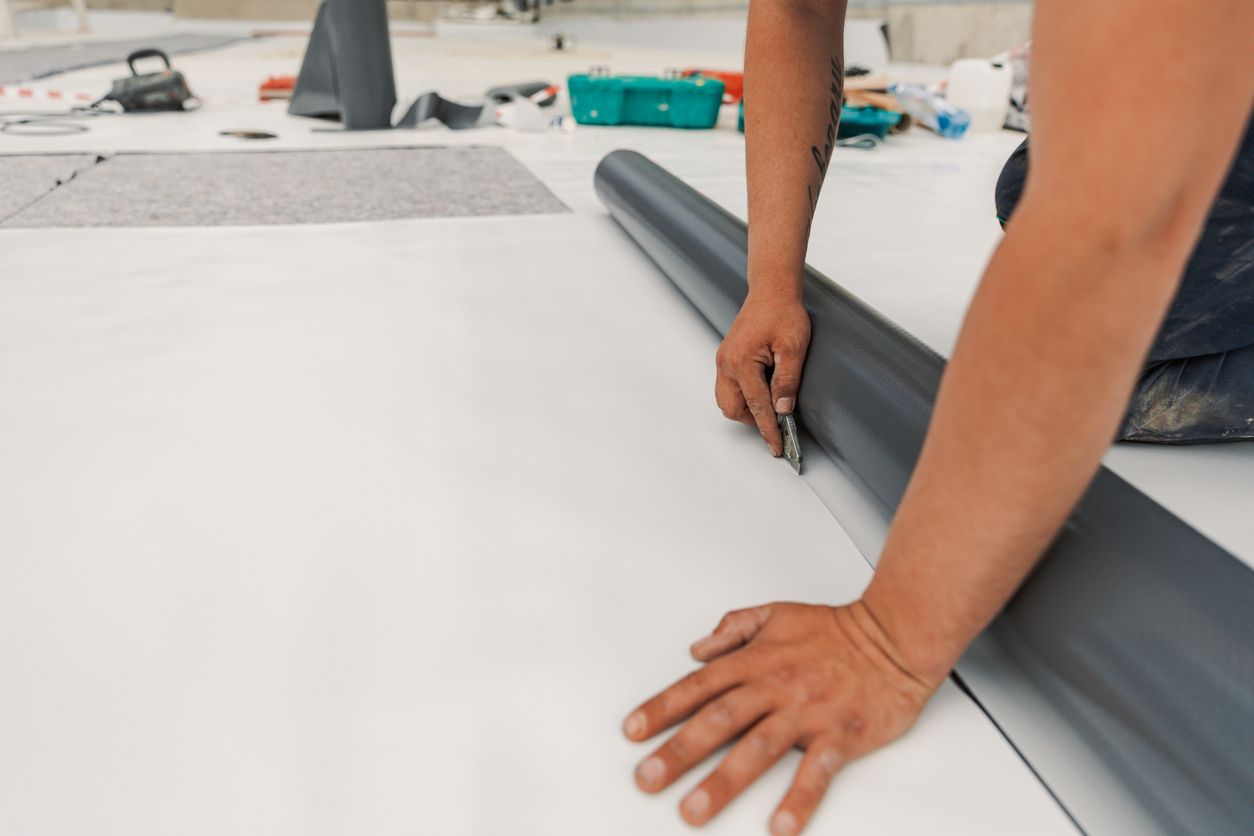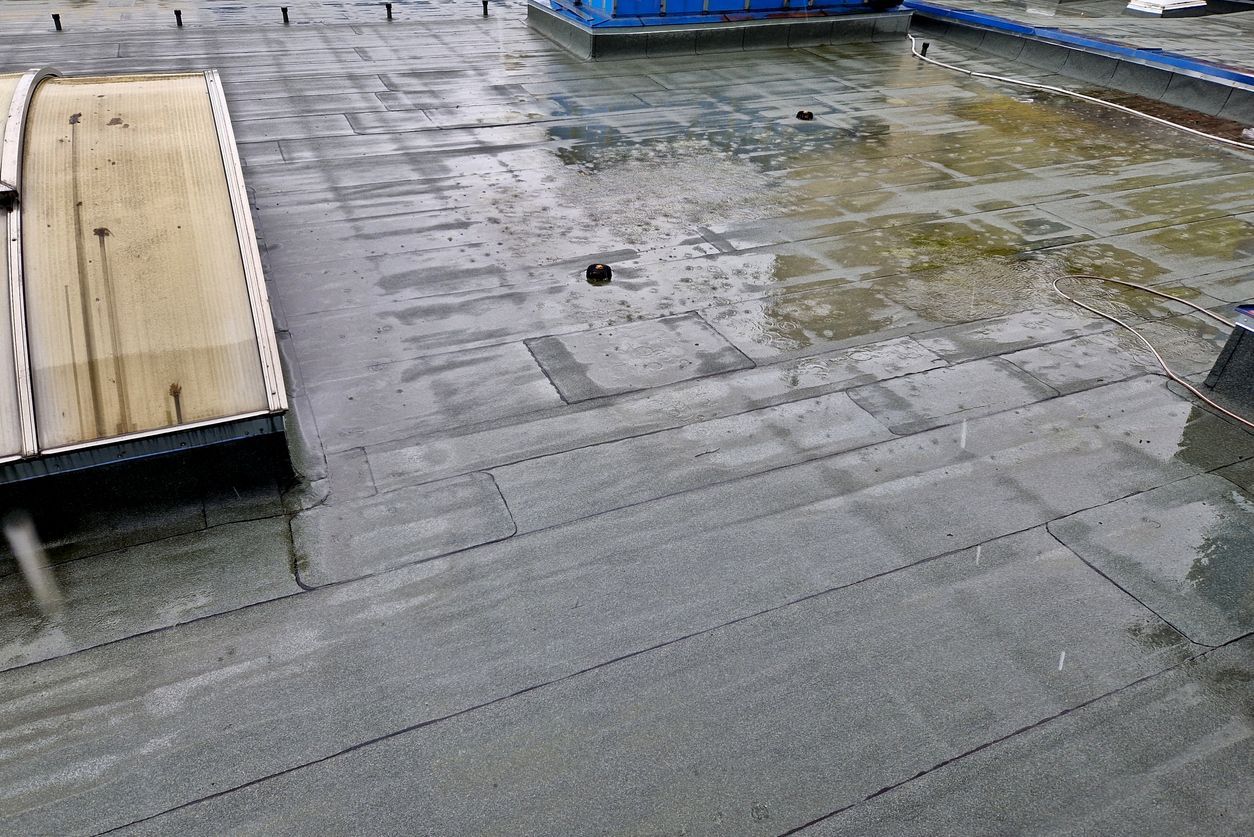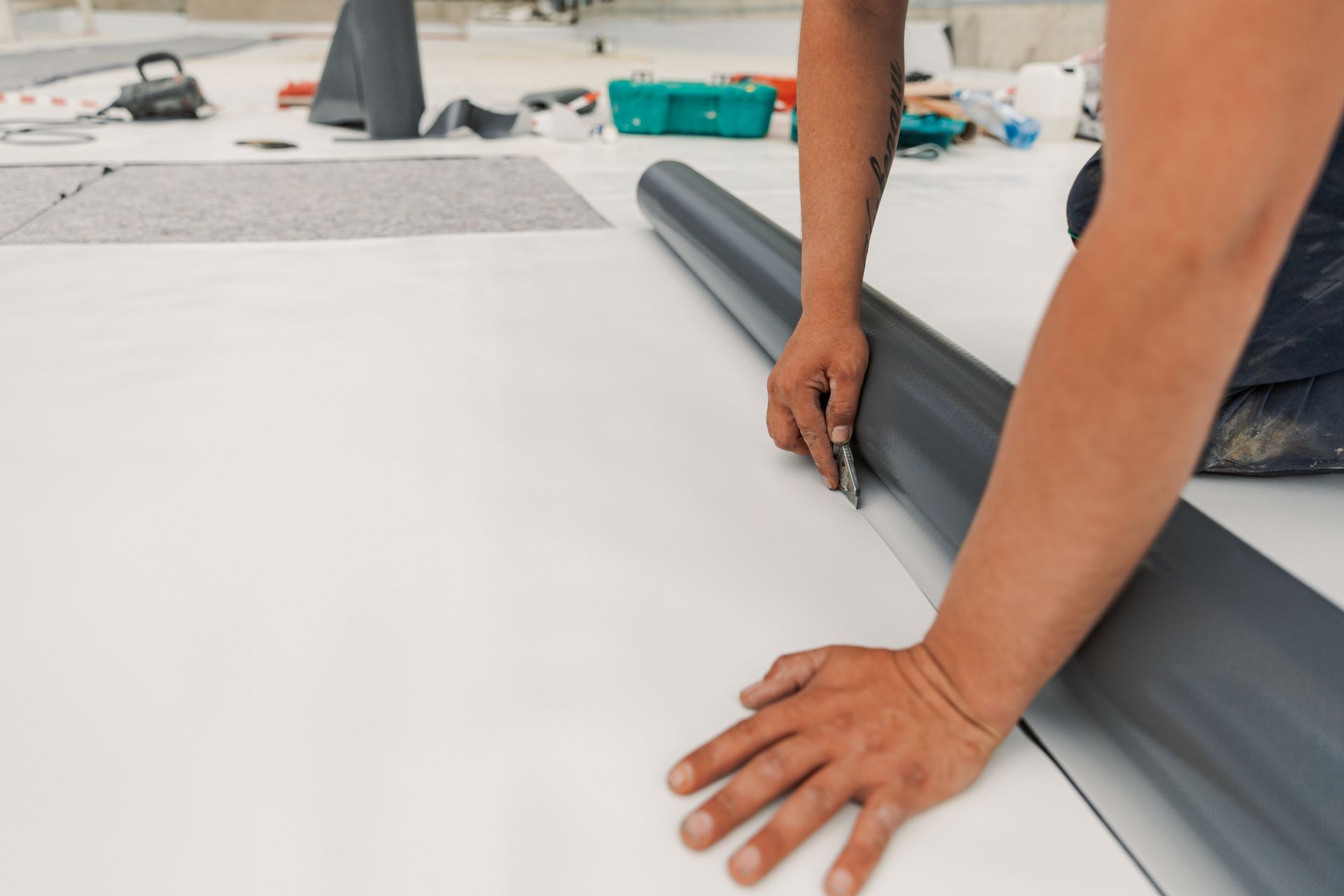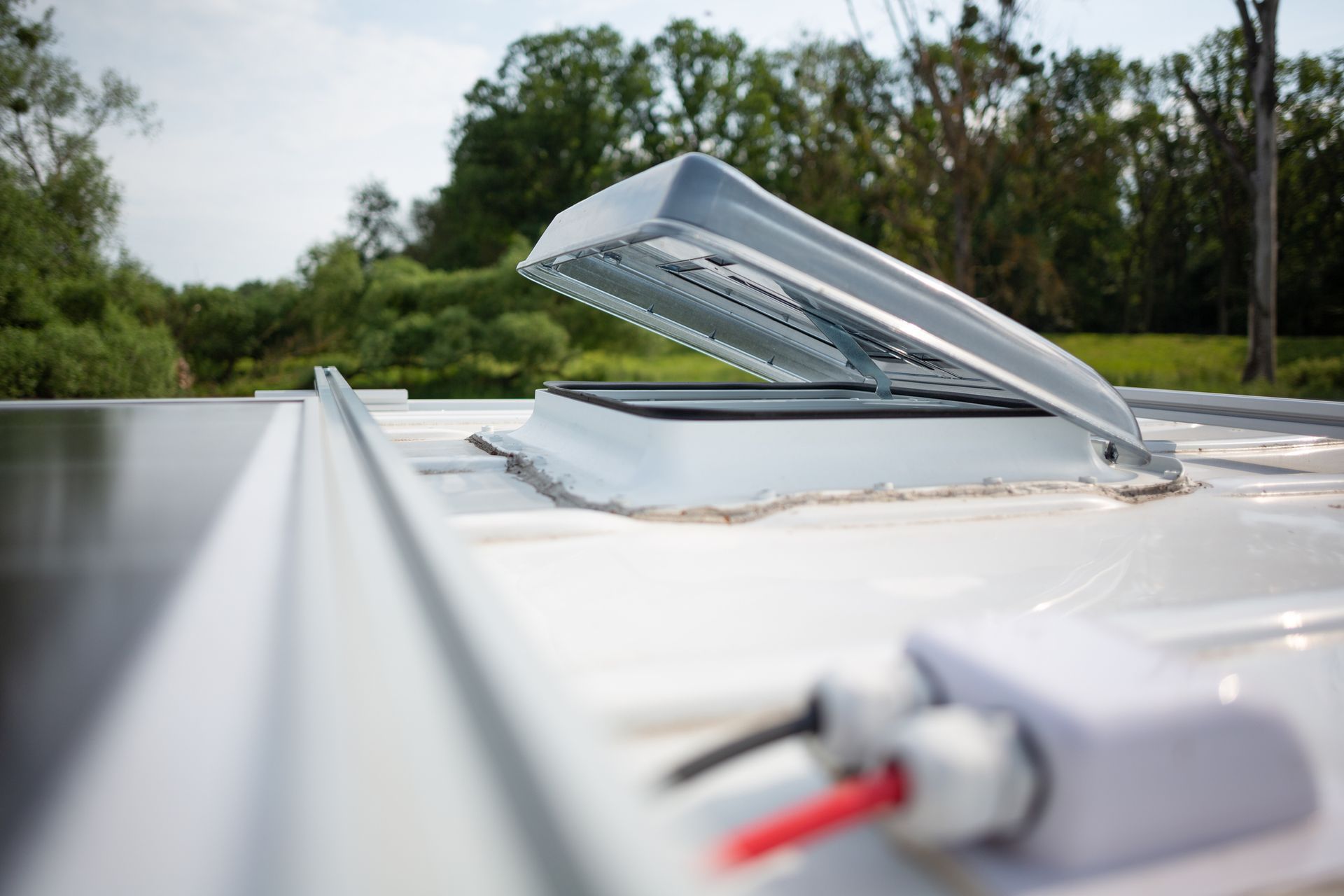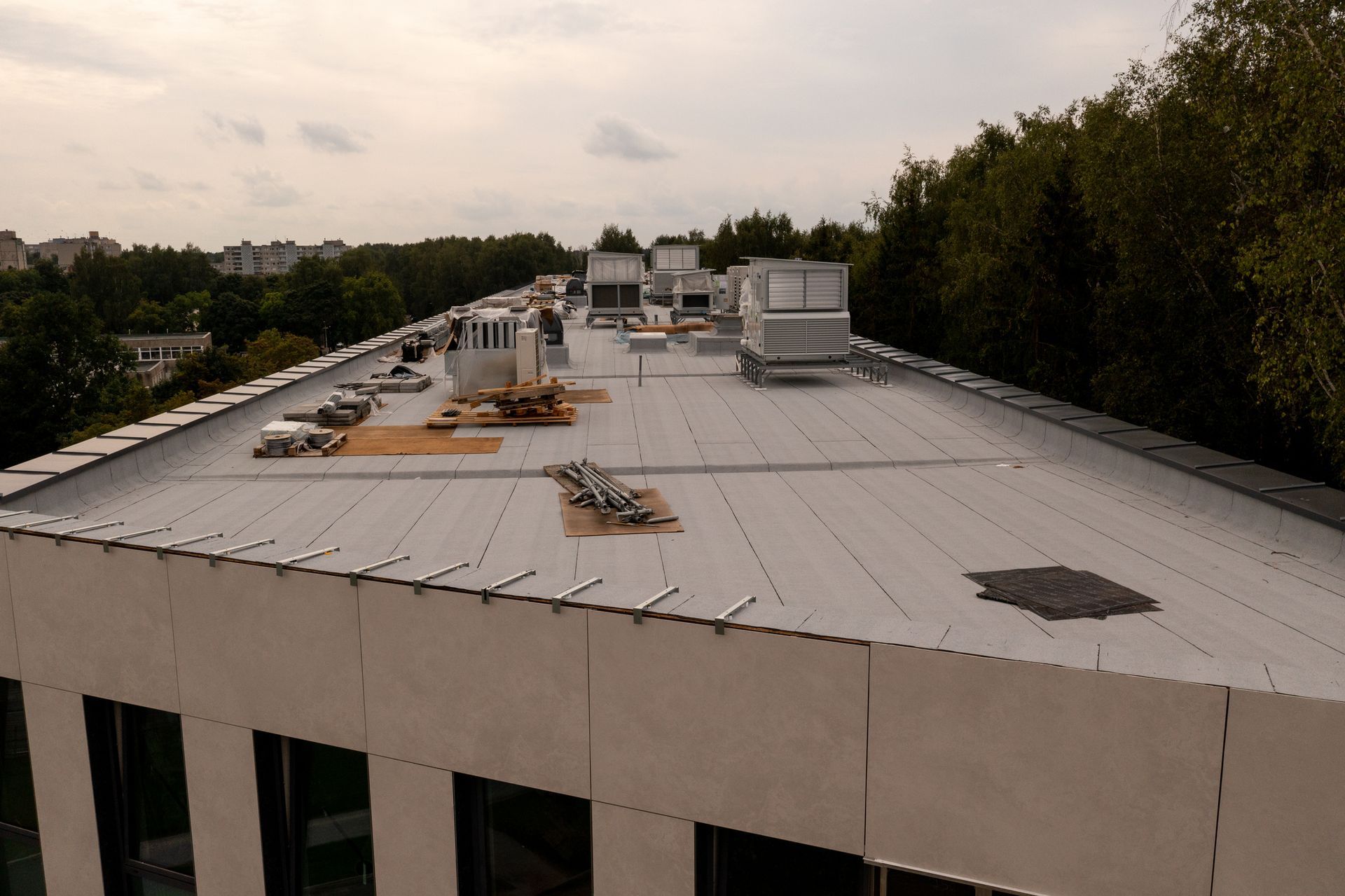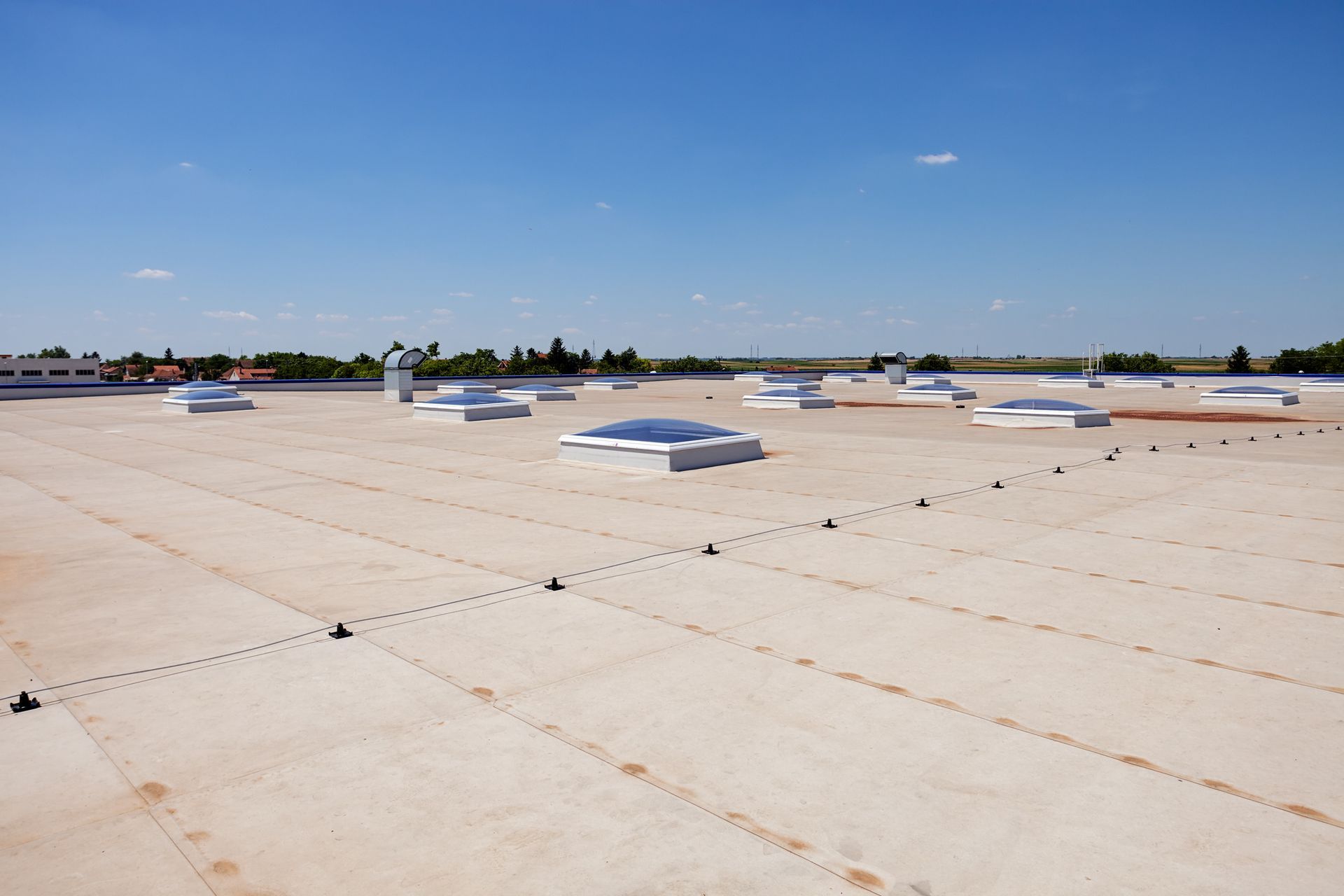10 Commercial Roofing Issues You Should be Aware Of
There are lots of issues which can adversely affect commercial roofing, but many of these problems can be avoided with a little foresight, periodic monitoring, and regular maintenance. Problems can arise from several sources, including poor initial installation, low quality materials used, and of course, extreme weather conditions.
As a building owner or property manager, you’re going to want to maximize the investment made in a commercial roof and extend its useful life, so it’s worth your while to be aware of some of the most common issues which might occur, as well as how to prevent them, or minimize their impact. This will help you to avoid more costly major repairs to your commercial roof.
Inadequate maintenance
Your commercial roof should be inspected regularly for such conditions as flashing that may be slipping, ponding water, and unfilled pitch pockets. If conditions like these can be identified in time, major repairs can be headed off.
Ponding water
Any water which stays in place for more than 48 hours is classified as ponding water, and it can do damage in a couple different ways. First, it can saturate the substrate materials it rests on to cause damage, and then its additional weight can be a factor in weakening the structure below.
Leaking roof
When your roof gets to the point where noticeable leaks are occurring, some kind of damage is already in progress. You need to have a commercial roofing contractor identify the source of the leak and have that repaired. Any damage already caused will also need to be remediated, so it doesn’t continue to worsen.
Tenting or billowing
When surface roof material is not adequately connected to the substrate, a strong wind can cause it to undergo tenting or billowing, which tends to separate the two layers. Windy conditions will continue to exacerbate the problem until better adherence is imposed, usually with the help of a commercial roofing contractor.
Faulty installation
If your commercial roof was never installed correctly in the first place, it’s inevitable that problems will arise. Your best bet against this kind of problem is to secure the services of a highly regarded roofing contractor, and to check out references and reviews of their work. You should also have a visual inspection after installation to ensure that nothing is obviously wrong.
Blistering splitting and bridging
Problems like these generally occur with BUR roofing systems, although it’s possible for them to plague almost any other kind of system as well. This is another case where contractor selection will avoid most issues, because of the superior installation and workmanship.
Punctures
Roofing systems of a single-ply character can sustain various kinds of penetration, such as that from foot traffic. It may go unnoticed at the time, until severe weather reveals the penetration, and causes problems.
Sub-standard maintenance
When repairs are carried out on your commercial roof with materials that are not certified by the manufacturer, or which are not intended for the type of roof installed, the repair work can do more harm than good.
Rooftop accidents
There’s always the possibility of accidents occurring on a rooftop, especially the obvious ones like slips and falls. Anyone who goes up on your commercial roof should be protected to the greatest extent possible, with hardhats, safety glasses, gripping footwear, and personal protection equipment.
Shrinkage
During a visual inspection of your commercial roof, you may notice that flashings are withdrawing from a wall or curb, or you may observe cracking from an uncured membrane. These are signs of shrinkage which will call for contractor repair, but which could lead to more costly solutions if not addressed in time.
All Seasons Roofing, LLC has been providing roofing systems to Central Missouri businesses since 2004, and we hope to for years to come. If you are in need of a flat roofing repair, replacement estimate or have questions about retro-fitting your metal roof to a membrane system, please contact us today.
The post 10 Commercial Roofing Issues You Should be Aware Of appeared first on All Seasons Roofing.
